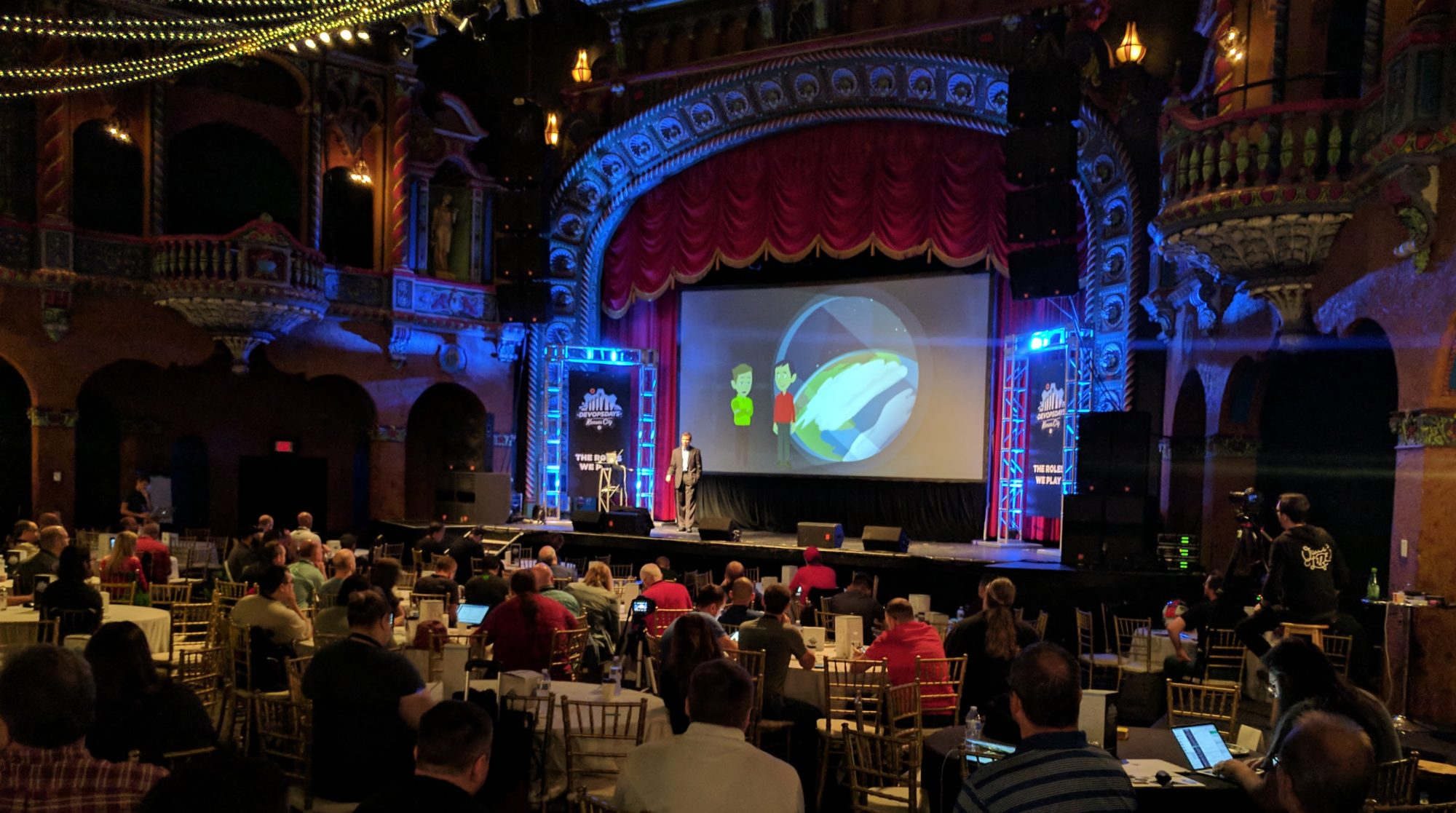As an organization grows it must develop processes to deal with the work that needs to be done. Those processes are either created internally or brought in from the outside. While most organizations will have some processes from both sources, they will usually lean toward one source or another. When their value to the consumer is based on having a unique product, organizations tend to use generic processes because their product is what differentiates them in the marketplace. When they offer a product that has become a commodity or is readily available from other vendors they tend to use custom processes in order to differentiate themselves to customers.
Progressive Insurance is a good example of a company that is using custom processes while a Rogers and Holland Jewelry is an example of a company that uses generic processes. Progressive works hard to create processes that add value. Their basic product is available from numerous other sources and there is very little differentiation. However their process of sending adjustors to the wreck site with the ability to issue a check to their client on the spot is what allows them to be much more efficient than their competitors. Their processes are what allow them to have lower prices in an industry where everyone offers an identical product.
Rogers and Holland on the other hand uses pretty much the same processes as the rest of their competitors. They differentiate themselves by their product not their process. The processes that support a purchase from Rogers and Holland are not significantly different than those at Zales or any other jewelry store. The product is what varies.
Continue reading “Process Architecture”
